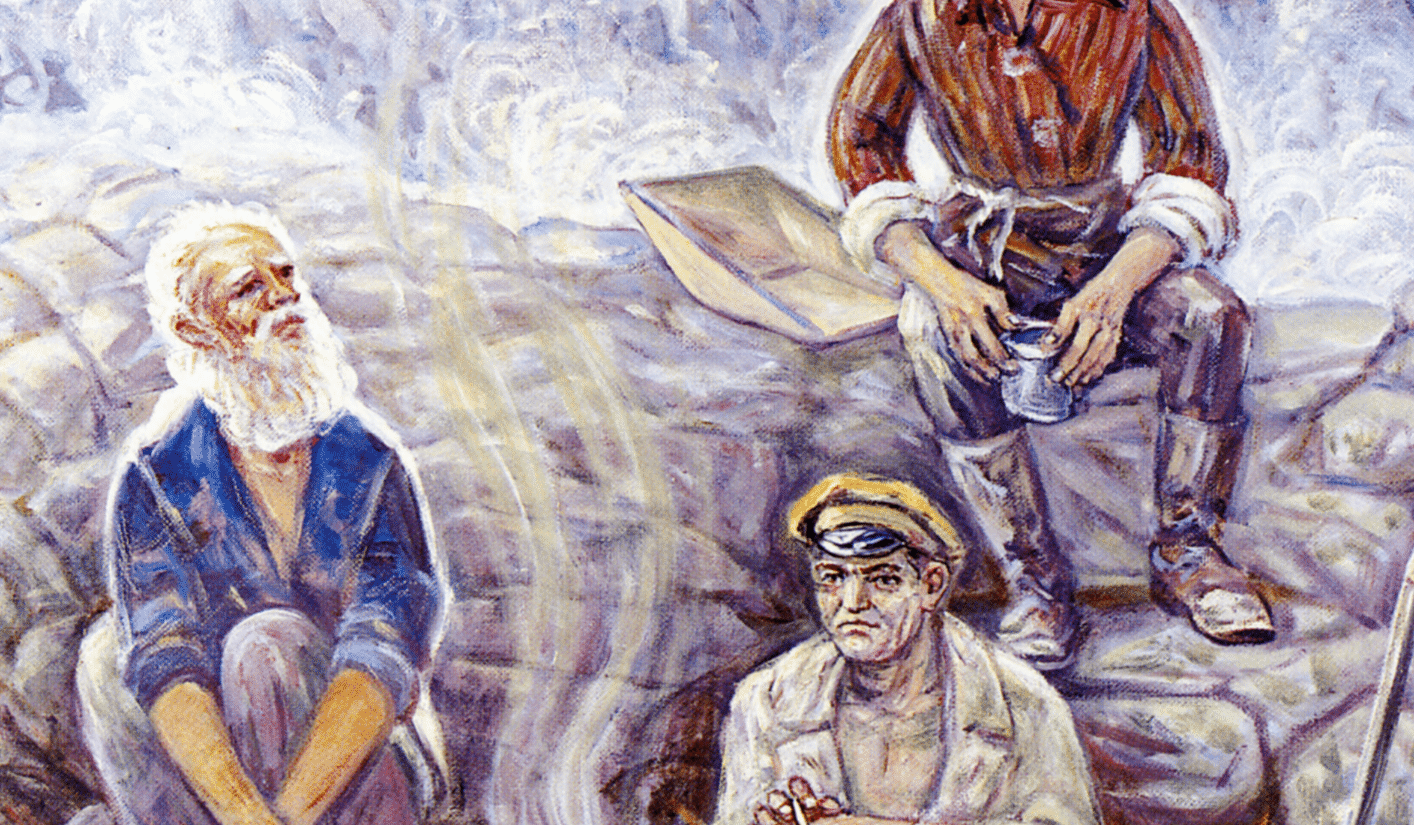50-Year Anniversary of The Gulag
Gary Saul Morson at The New Criterion

When Aleksandr Solzhenitsyn’s The Gulag Archipelago: An Experiment in Literary Investigation appeared in 1973, its impact, the author recalled, was immediate: “Like matter enveloped by antimatter, it exploded instantaneously!” The first translations into Western languages in 1974—just fifty years ago—proved almost as sensational. No longer was it so easy to cherish a sentimental attachment to communism and the ussr. In France, where Marxism had remained fashionable, the book changed the course of intellectual life, and in America it helped counter the New Left celebration of Mao, Castro, and other disciples of Marx, Lenin, and Stalin.
What was it that made this book so effective? And what did Solzhenitsyn mean by calling it “literary,” even though everything in it was factual? To answer these questions is to grasp why Gulag towers over all other works of the Soviet period and, indeed, over all literature since the middle of the twentieth century.
Before Solzhenitsyn, Western intellectuals of course knew that the Soviet regime had been “repressive,” but for the most part they imagined that all that had ended decades ago. So it was shocking when the book described how it had to be written secretly, with parts scattered so that not everything could be seized in a single raid. Solzhenitsyn offered an apology for the work’s lack of polish: “I must explain that never once did this whole book . . . lie on the same desk at the same time!” “The jerkiness of the book, its imperfections, are the true mark of our persecuted literature.” Since this persecution is itself one of the work’s themes, its imperfections are strangely appropriate and so, perhaps, not imperfections at all.
In 1965, Solzhenitsyn explains, “my archive was raided [by the secret police] and a novel impounded,” and thus he had to be especially careful with Gulag, since his notes for it mentioned the real names of his informants. In Russia, literature was not only persecuted but also dangerous, and not just to the writers. The fact that the book could not be published in the ussr and had to be smuggled abroad also marked the difference between the Russian and Western experiences. Russian literature was morally serious in a way American, British, and French literatures were not. The preening of Western intellectuals about social injustice began to look almost ridiculous by comparison.
Western intellectuals usually supposed that Russian dissidents might suffer the sort of punishment that in their own countries is reserved for dangerous criminals. At worst, Westerners pictured conditions like those in tsarist Russia, long considered the model of an oppressive state. That is why Solzhenitsyn devotes so many passages to contrasting what passed for tyranny in nineteenth-century Russia with ordinary Soviet conditions.
Begin with numbers. Solzhenitsyn instructs: from 1876 to 1904—a period of mass strikes, peasant revolts, and terrorism claiming the lives of Tsar Alexander II and other top officials—“486 people were executed; in other words, about seventeen people per year for the whole country,” a figure that includes “ordinary, nonpolitical criminals!” During the 1905 revolution and its suppression, “executions rocketed upward, astounding Russian imaginations, calling forth tears from Tolstoy and indignation from [the writer Vladimir] Korolenko, and many, many others: from 1905 through 1908 2,200 persons were executed,” a number contemporaries described as an “epidemic of executions.”
Read the rest

